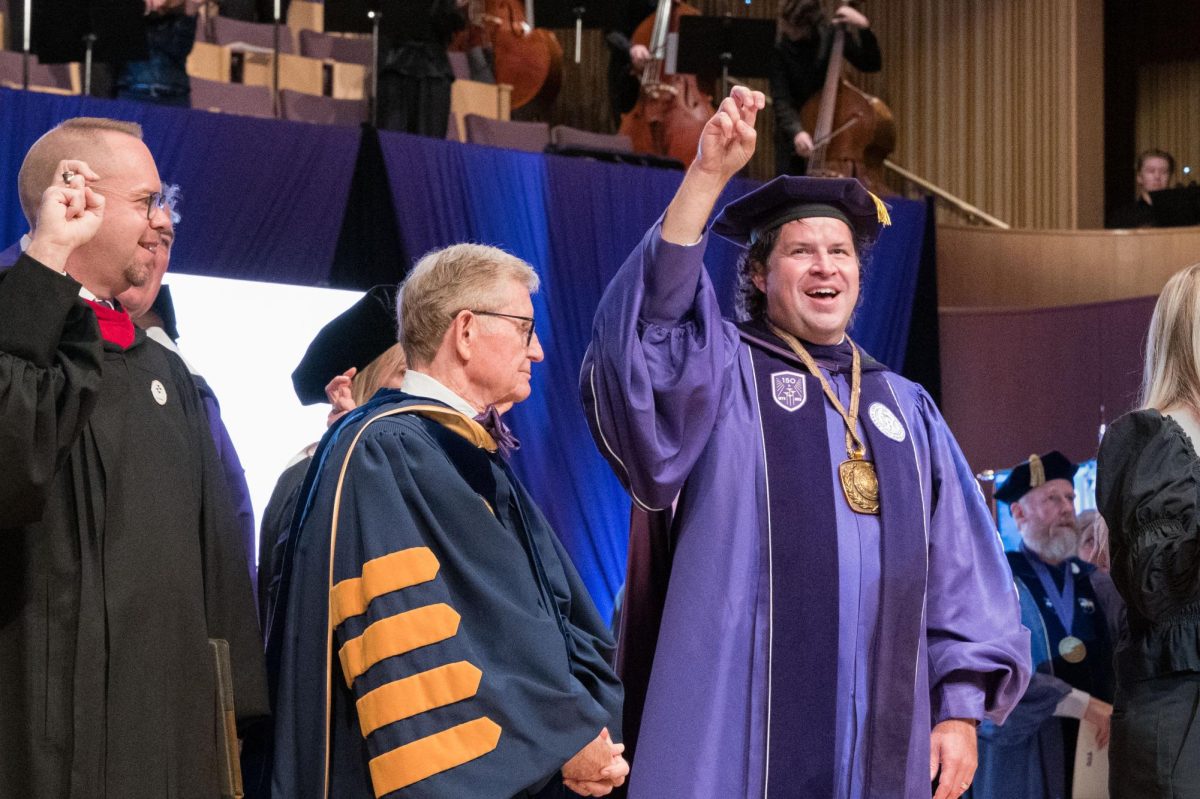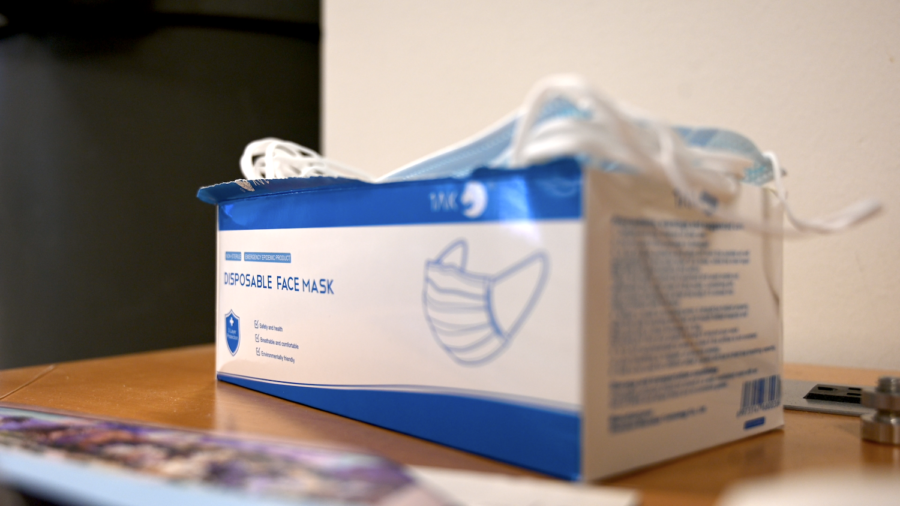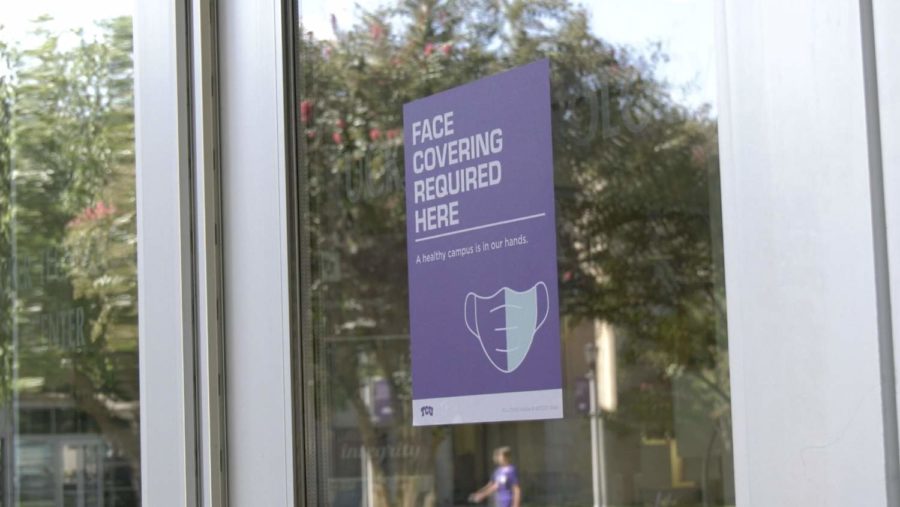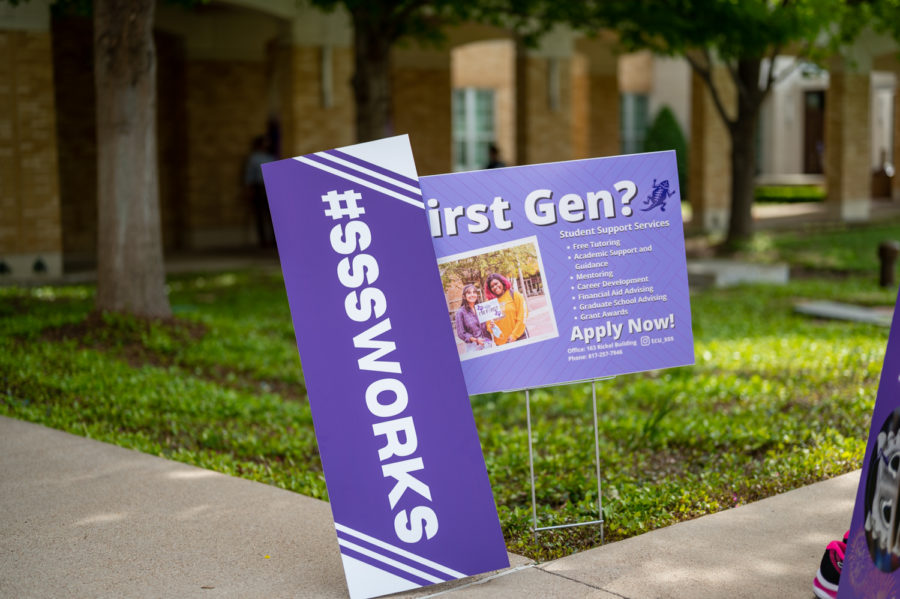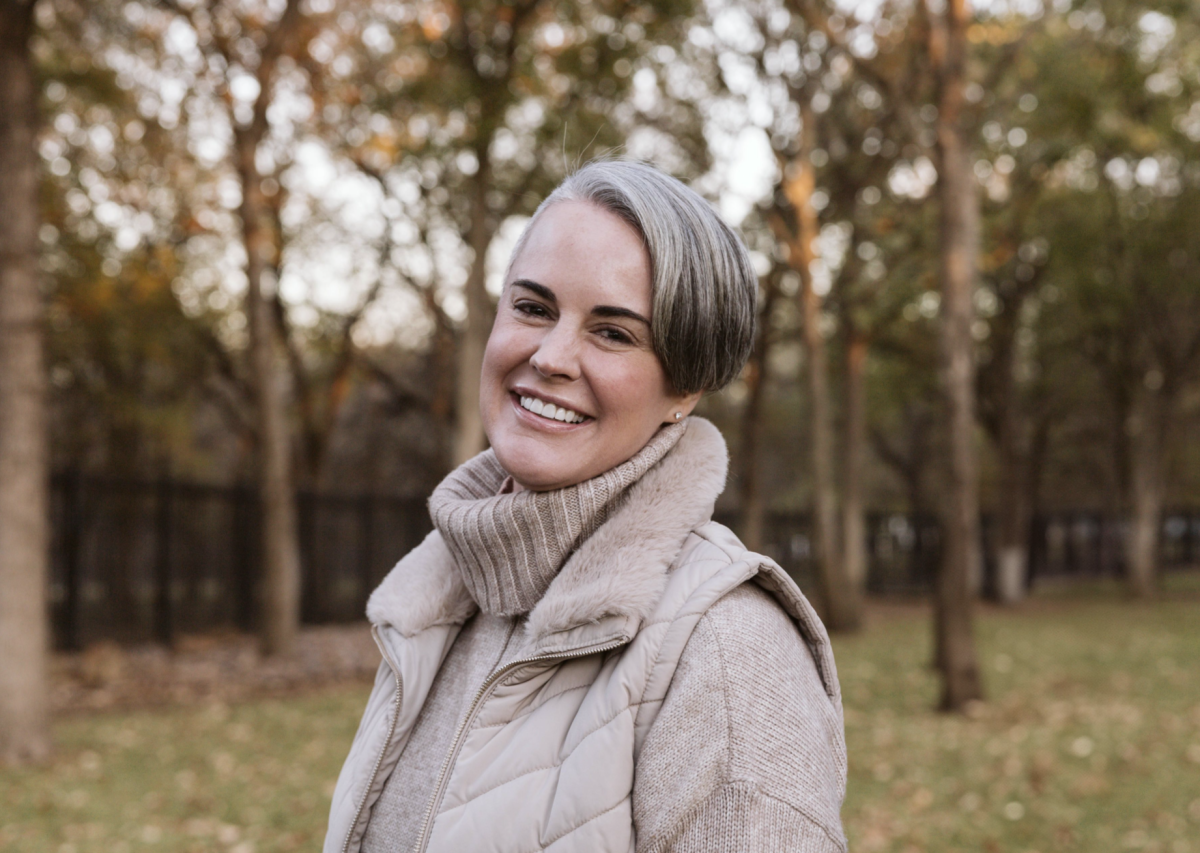Even if they don’t sign up to take fall classes fully online, there’s a good chance many TCU students won’t be in the classroom.
A survey of faculty done by the provost’s office found they prefer to teach online this fall. The survey followed a contentious Faculty Senate meeting in which faculty pushed back against plans to teach in the classroom despite the ongoing COVID-19 pandemic.
Here’s the breakdown of the survey, which had a 91% participation rate:
- Lower undergraduate: 1,228 courses total, 57% online, 43% on-campus
- Upper undergraduate: 1,082 courses total, 51% online, 49% on-campus
- Total undergraduate: 2,310 courses total, 54% online, 46% on-campus
- Graduate: 327 courses total, 51% online, 49% on-campus
Academic deans will still have to approve instructors’ teaching preferences.
Provost Teresa Dahlberg said that the faculty choosing to teach online are individuals that have someone in their family or are “People at Increased Risk for Severe Illness” as defined by the Center for Disease Control (CDC).
“We are limiting the number of students in a classroom to around 30, which will enable students to maintain physical distancing while entering and exiting class.”
Provost Teresa Dahlberg
Instructors have until Aug. 7 to change their delivery modality through their dean’s office. Prior to the deadline, class rosters will be updated to identify the ratio of online to on-campus students in one’s class.
TCU Faculty Senate Chair Sean Atkinson said that one of the reasons the recent Faculty Senate meeting was urgent is because faculty are not only concerned about their health, “but for the health and well-being of every member of the TCU community.
“It was a hard meeting because many faculty were also upset about the continued lack of shared governance in the decision-making process at TCU,” said Atkinson.
Read More: Students adjust to Zoom classroom challenges
Along with the option for faculty to teach online, Dahlberg also said TCU has made many changes to enforce physical distancing on campus.
“The TCU facilities team has mapped out the ‘physical distancing capacity’ for each classroom, which provides a six-foot radius between seats, appropriate circulation around the room, and ample (eight-feet deep by room width) space for the instructor,” said Dahlberg.
“If an instructor is teaching an on-campus with an enrollment over 30, they are encouraged to split their students into groups that take turns attending class live and virtually,” she said.
In addition to new cleaning protocols, TCU will provide hand sanitizing stations throughout the building where “everyone can refill their personal hand sanitizer containers as needed.”
With the approaching return to campus in the fall, Atkinson adds that “faculty is still concerned about the health and safety of students, staff, and faculty.
“Faculty hopes to continue to see developments on testing, tracing, and safety protocols,” said Atkinson.
Similar to TCU Housing & Residence Life, Dahlberg said there will be prominent signage at each location and wipes for disinfecting surfaces in shared spaces.
Dahlberg said students should choose to take in-person courses if they want the “extra-curricular engagement available on a physically distanced campus and are committed to participating in health and safety protocols to keep the TCU community safe.”



